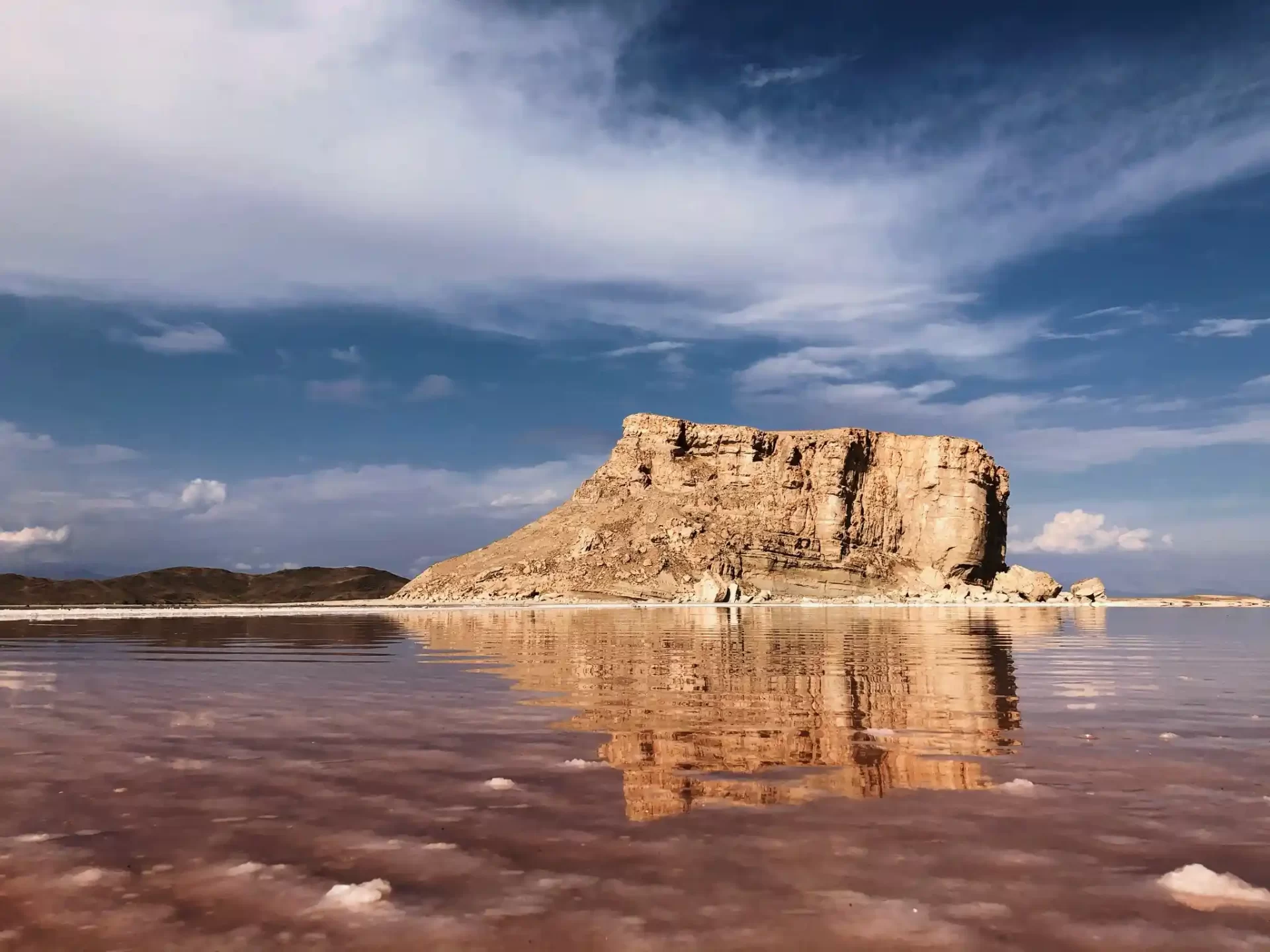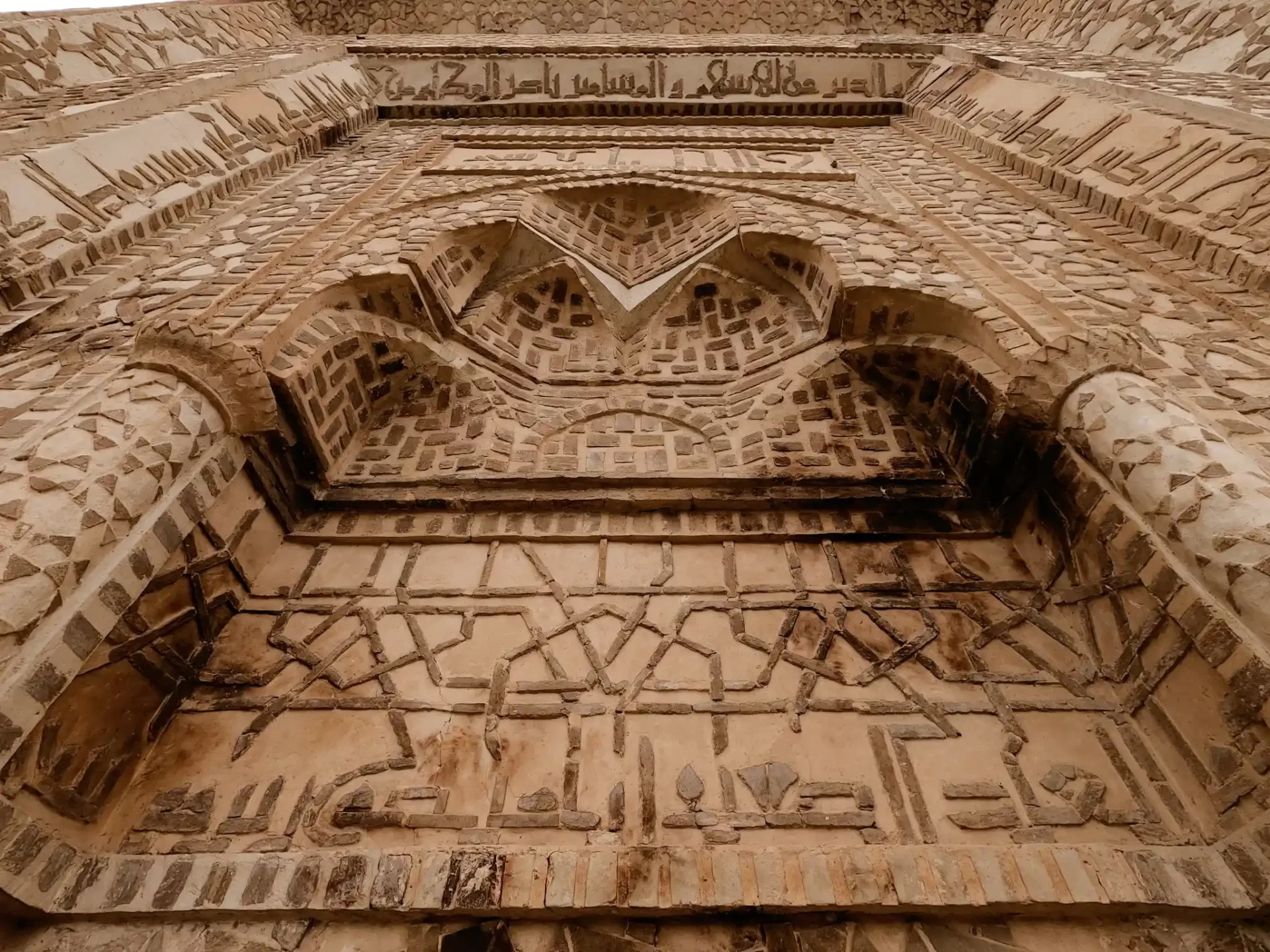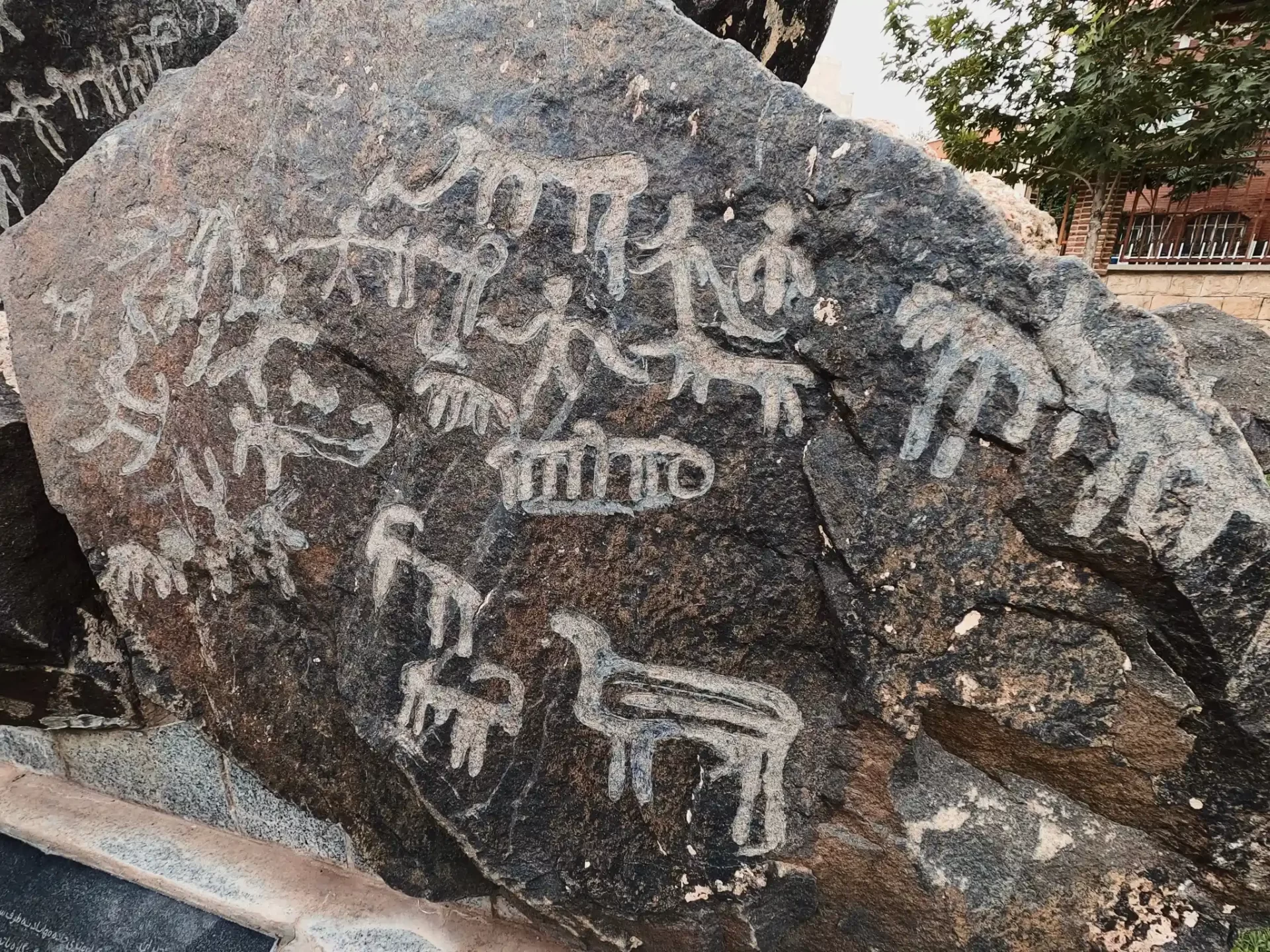
To write about Urmia, one must weep blood—a blood as red as the waters of its lake, seemingly shedding tears of its own. Our next destination was the city of Urmia, renowned for its saltwater lake. A lake that, in our encounter, seemed to be drawing its final breaths. Though much of its red-colored water had vanished, it could still be called a lake.
Today, after three years, only a vestige of the lake remains—a captivity of salt and salt. What can I write about its beautiful red water and the sparkle of its salt crystals under the sunlight when it no longer exists? I can no longer write and recommend you to see it. This time, I can only write and ask you to imagine.
The astonishing and vast lake, once a significant part of Iranian civilization during the Achaemenid era, where fishing thrived. In the Arsacid and Sassanian periods, its salt was utilized, and during the Islamic era, pearls were extracted, fueling their economy.
In recent decades, due to mismanagement and the construction of irresponsible dams, its life has been drained, and now it stands dry and lifeless, a threat to the ecosystem of the region.
I witnessed Lake Urmia in the final days of its existence, as it took its last breaths. I share with you pictures of this weary lake.
It’s worth mentioning that, on the way to the lake, the locals had blocked the path with a mound of soil, preventing tourists from passing. This was my first encounter with the not-so-welcoming people of Urmia.

The next morning, we spent our time exploring historical landmarks in the city of Urmia. I’ll reveal a unique insight that you might not come across elsewhere, but it’s a genuine reality.
The people of Urmia, in a peculiar way, seem indifferent and emotionally detached from their historical treasures. The destruction of historical remnants doesn’t hold much significance for them, and, on the other hand, they are not very eager to welcome tourists. This indifference and lack of enthusiasm were so striking that I remember it vividly.
Historical artifacts in Urmia have either been eradicated or are on the brink of extinction. I do not recommend you visit this city, but if you do, be sure to try the delicious local delicacies from Urmia’s market.

Urmia, also known as Orumiyeh, holds the distinction of being the largest city in Iran’s West Azerbaijan Province and serves as the capital of Urmia County. Positioned at an elevation of 1,330 meters above sea level, it is nestled along the Shahar River on the expansive Urmia Plain.

Where Imagination Knows No Bounds, and Every Stroke Tells a Tale.
1
Chaoyang D, BaliZhuang,
Beijing, China
+86 136 8334 4984